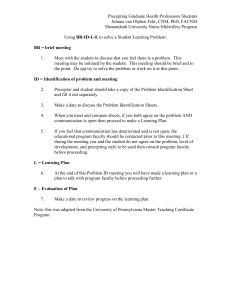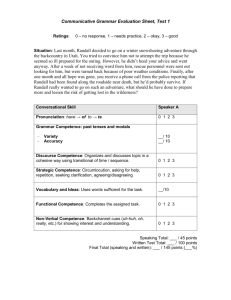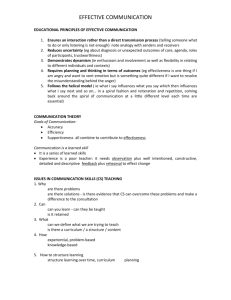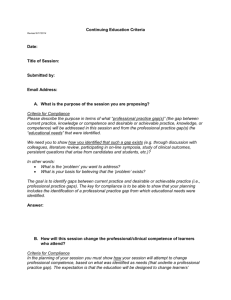Things You can Do to Create A Successful Student
advertisement
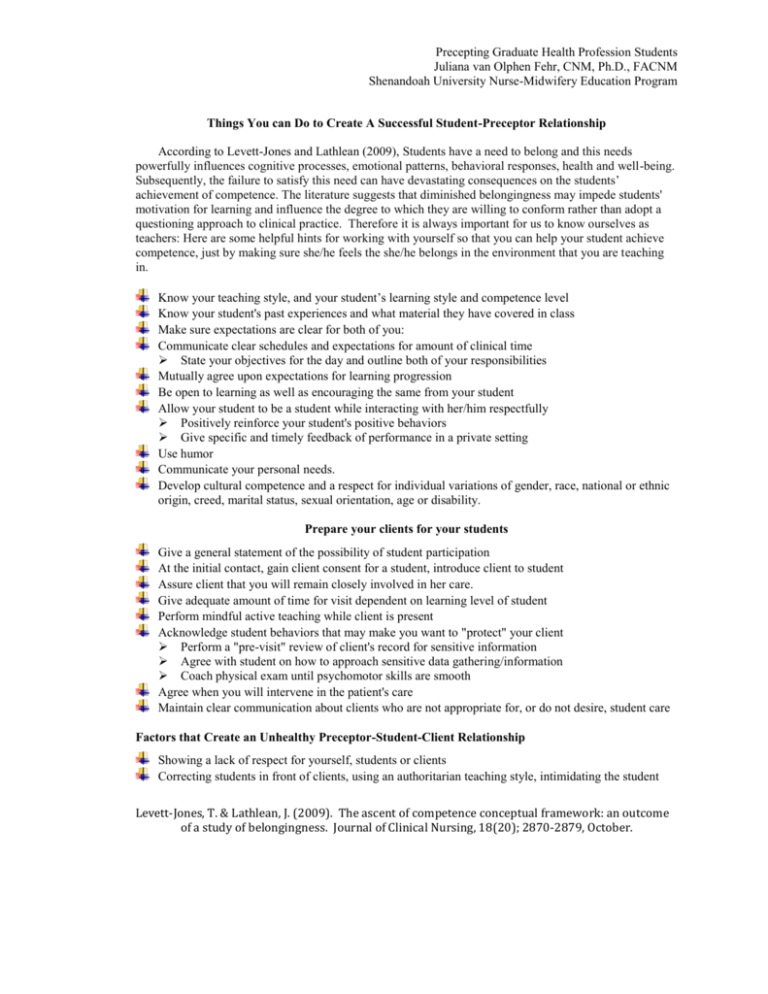
Precepting Graduate Health Profession Students Juliana van Olphen Fehr, CNM, Ph.D., FACNM Shenandoah University Nurse-Midwifery Education Program Things You can Do to Create A Successful Student-Preceptor Relationship According to Levett-Jones and Lathlean (2009), Students have a need to belong and this needs powerfully influences cognitive processes, emotional patterns, behavioral responses, health and well-being. Subsequently, the failure to satisfy this need can have devastating consequences on the students’ achievement of competence. The literature suggests that diminished belongingness may impede students' motivation for learning and influence the degree to which they are willing to conform rather than adopt a questioning approach to clinical practice. Therefore it is always important for us to know ourselves as teachers: Here are some helpful hints for working with yourself so that you can help your student achieve competence, just by making sure she/he feels the she/he belongs in the environment that you are teaching in. Know your teaching style, and your student’s learning style and competence level Know your student's past experiences and what material they have covered in class Make sure expectations are clear for both of you: Communicate clear schedules and expectations for amount of clinical time State your objectives for the day and outline both of your responsibilities Mutually agree upon expectations for learning progression Be open to learning as well as encouraging the same from your student Allow your student to be a student while interacting with her/him respectfully Positively reinforce your student's positive behaviors Give specific and timely feedback of performance in a private setting Use humor Communicate your personal needs. Develop cultural competence and a respect for individual variations of gender, race, national or ethnic origin, creed, marital status, sexual orientation, age or disability. Prepare your clients for your students Give a general statement of the possibility of student participation At the initial contact, gain client consent for a student, introduce client to student Assure client that you will remain closely involved in her care. Give adequate amount of time for visit dependent on learning level of student Perform mindful active teaching while client is present Acknowledge student behaviors that may make you want to "protect" your client Perform a "pre-visit" review of client's record for sensitive information Agree with student on how to approach sensitive data gathering/information Coach physical exam until psychomotor skills are smooth Agree when you will intervene in the patient's care Maintain clear communication about clients who are not appropriate for, or do not desire, student care Factors that Create an Unhealthy Preceptor-Student-Client Relationship Showing a lack of respect for yourself, students or clients Correcting students in front of clients, using an authoritarian teaching style, intimidating the student Levett-Jones, T. & Lathlean, J. (2009). The ascent of competence conceptual framework: an outcome of a study of belongingness. Journal of Clinical Nursing, 18(20); 2870-2879, October.


